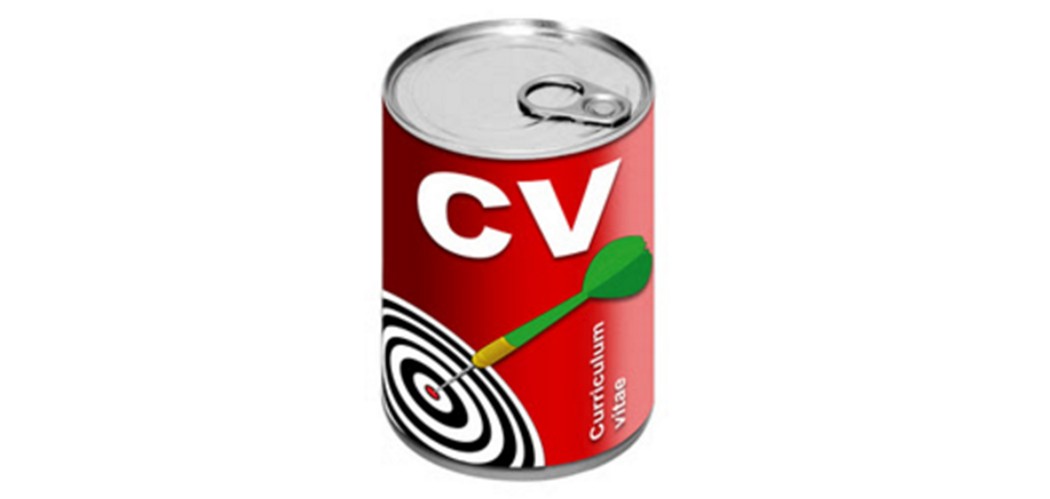A good CV must be clear and well structured. Three basic sections are necessary:
CONTACT INFORMATION
Last and first name, address, telephone number, e-mail address.
Make sure not to include personal information (photo, age, domestic status, etc.). This is not a titled section; you may choose to use a header or footer.
EXPERIENCE
List your experiences chronologically, starting from the most recent.
Clearly cite the name of the company, your start and end dates and the name of the position you occupied. You can add a brief description of the company (sector, context, activity, key figures) if you think it is appropriate.
EXAMPLE:
| Experience | 2000–Nov. 2006 COMPANY A Montréal, QC Project manager – Construction and installation of equipment |
Next, itemize your responsibilities and achievements associated with each job. Be precise and use technical terms specific to your field. Be the most detailed about your most recent job.
EXAMPLE:
| Missions | Prepared profitability analyses
|
EDUCATION
Outline the different stages of your education, starting with the most recent. Only cite relevant degrees.
EXAMPLE:
| Education |
|
LANGUAGE SKILLS
List the languages you speak and write fluently.
If you have passed a proficiency exam recognized by the professional world, such as the TOEIC or CFP, provide your results in order to indicate your level to recruiters.
EXAMPLE:
| Languages |
|
COMPUTER SKILLS
List the software and operating systems that you have facility with. If you have experience with programming, also indicate the languages.
If the list is long, organize it into sub-sections, as in the example below:
| Software |
|
The languages and computer skills sections can be placed either before or after the section on professional experience, or even at the end of the CV. They can also be merged into one single section.
To seduce recruiters…
To embellish your CV and make it easier to read, you can add other complementary sections:
OBJECTIVE
Specify in one or two sentences the type of job you are looking for. This section will help recruiters better identify your interests and ambitions, provided that you are sincere and do not regurgitate a formulaic statement.
| Objectives | Put into practice my knowledge of project management for a provider of computer services |
This section can come immediately after your contact information.
PROFILE
This section summarizes your skills and qualities at the very beginning of the CV. It makes the recruiter’s job easier by allowing him/her to quickly grasp the essence of your profile. Make sure that it is entirely consistent with the rest of your CV.
In addition to “Profile,” the section can also be titled “Summary of Qualifications.” It can be placed after your contact information or after your professional objectives.
Highlight your primary skills and principal experiences. Be concise and only state the essentials: it is a summary. You can include crucial personal qualities, key aspects of education as well as language and computer skills if they are essential.
EXAMPLE:
| Profile |
|
PROFESSIONAL DEVELOPMENT
If you pursued additional training related to your profession, highlight it by adding a section called “Professional Development,” “Certifications,” or “Related Training.” It is always good to show recruiters that your knowledge base is current. This section can go either before or after the “Education” section, depending on the importance you give it.
EXAMPLE:
| Professional associations |
|
MISCELLANEOUS
You may also choose to outline some of your extracurricular activities for your recruiters: leisure pastimes, sports, involvement with associations or advisory boards, etc. According to a Robert Half International Survey, 83% of hiring managers believe that an employee’s career can benefit from taking part in professional associations or other sector-related activities!
EXAMPLE:
| Miscellaneous | Involved in 3 business people organizations:
|
OTHER SECTIONS…
Do not hesitate to tailor certain sections to your profile or even create new ones in order to highlight your skills and personal qualities, for example, “Volunteer work,” “Publications,” “Honors,” and so on.
Remember:
- Spell-check your CV thoroughly
- Update it regularly
- Have someone else proofread it to affirm its effectiveness
